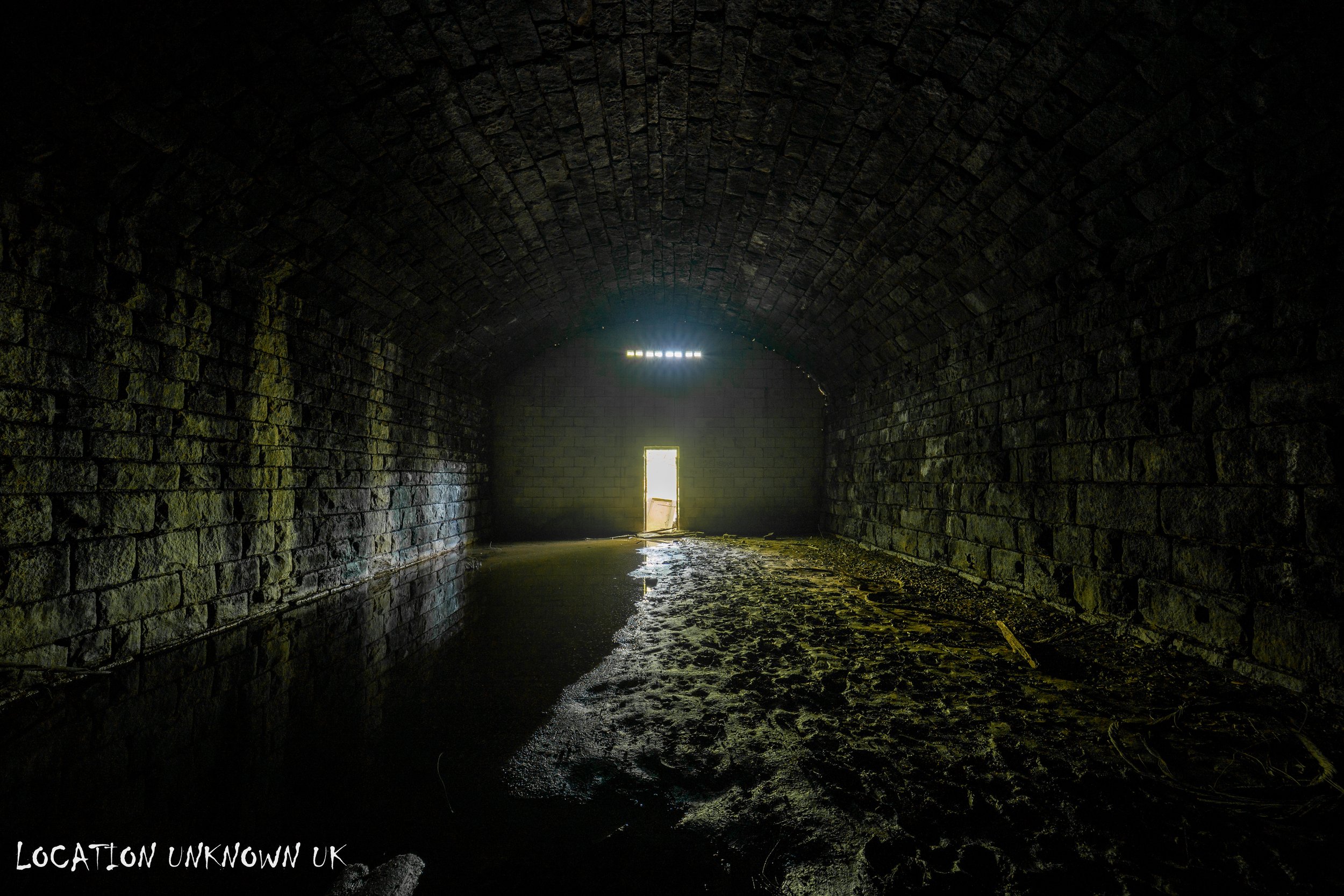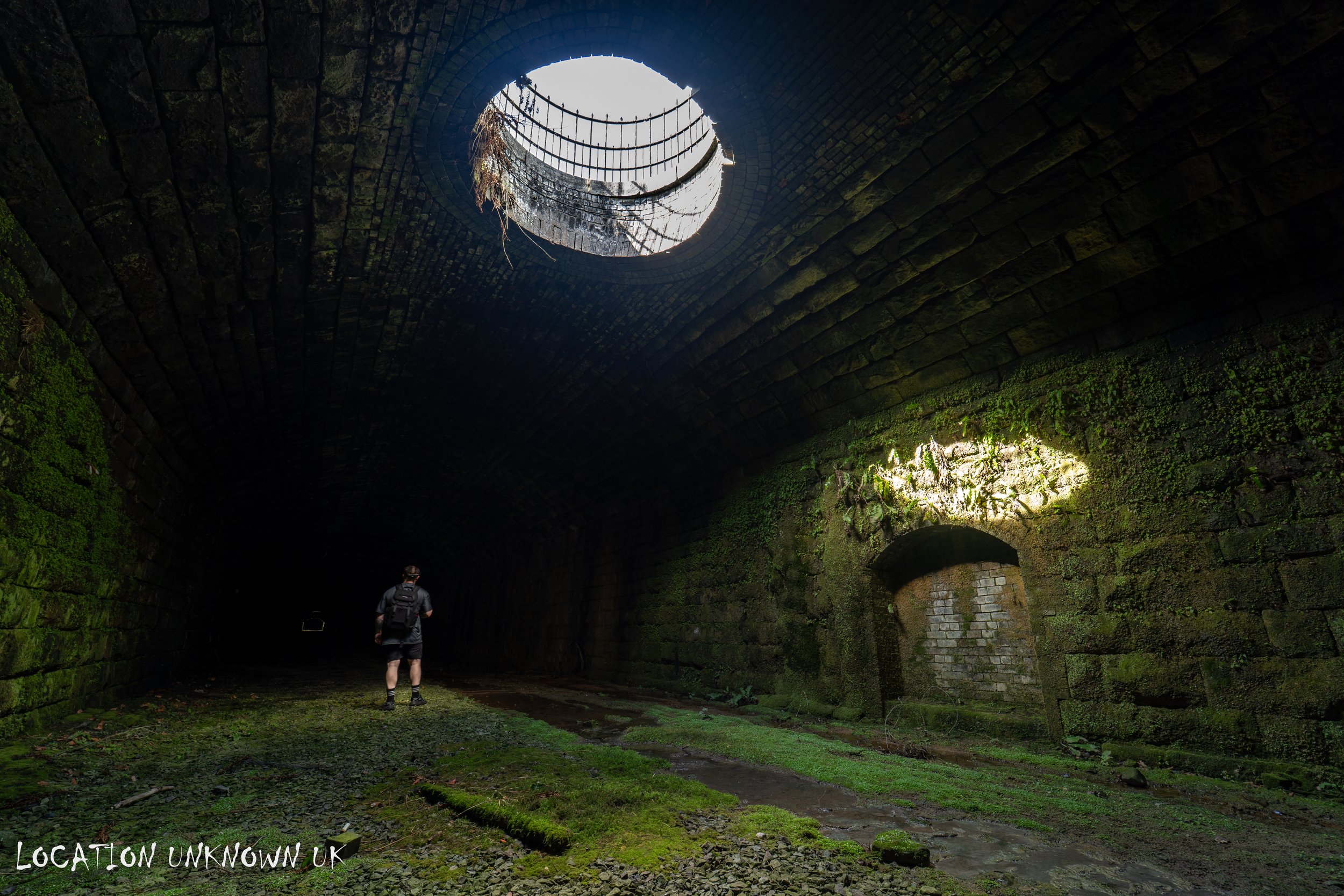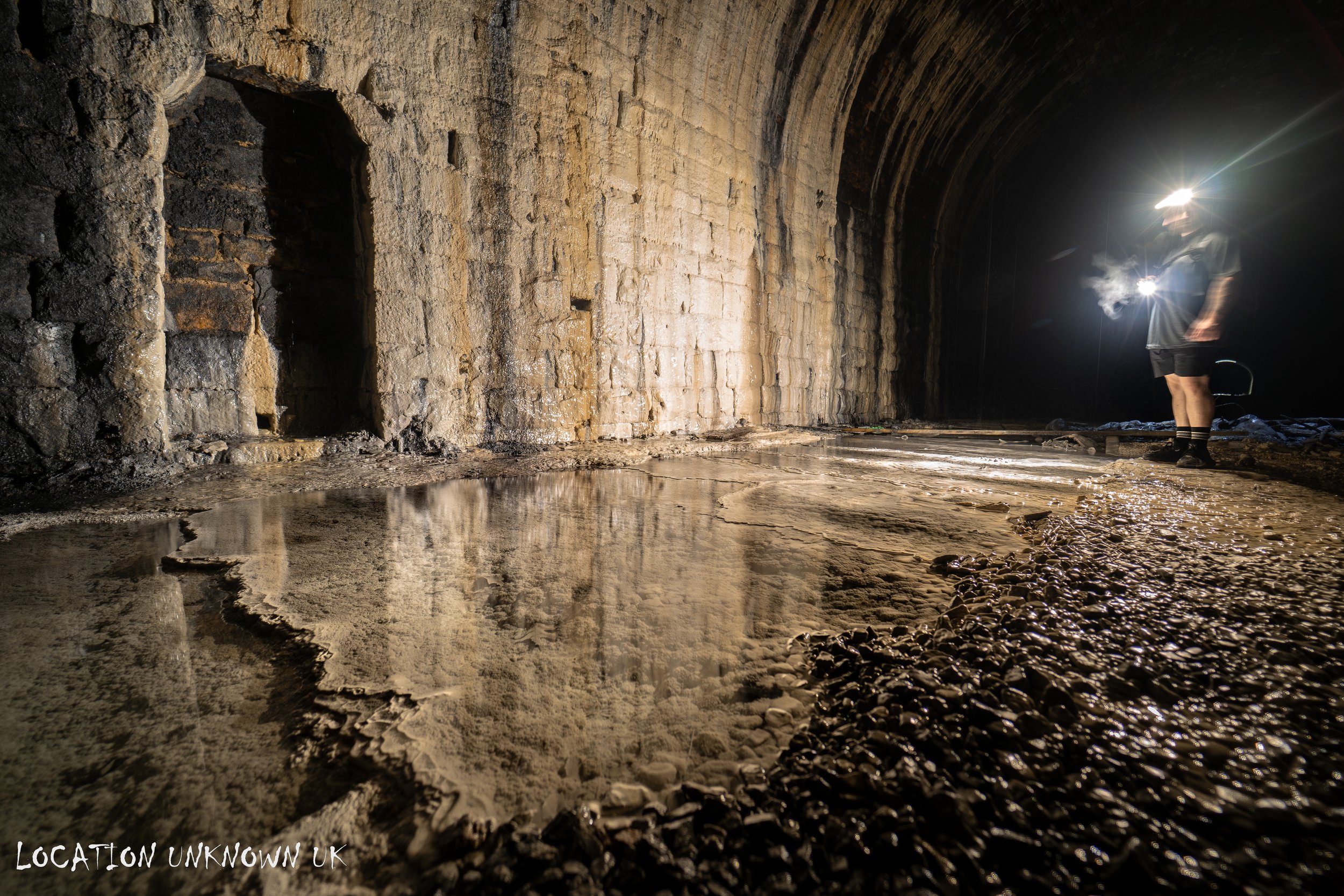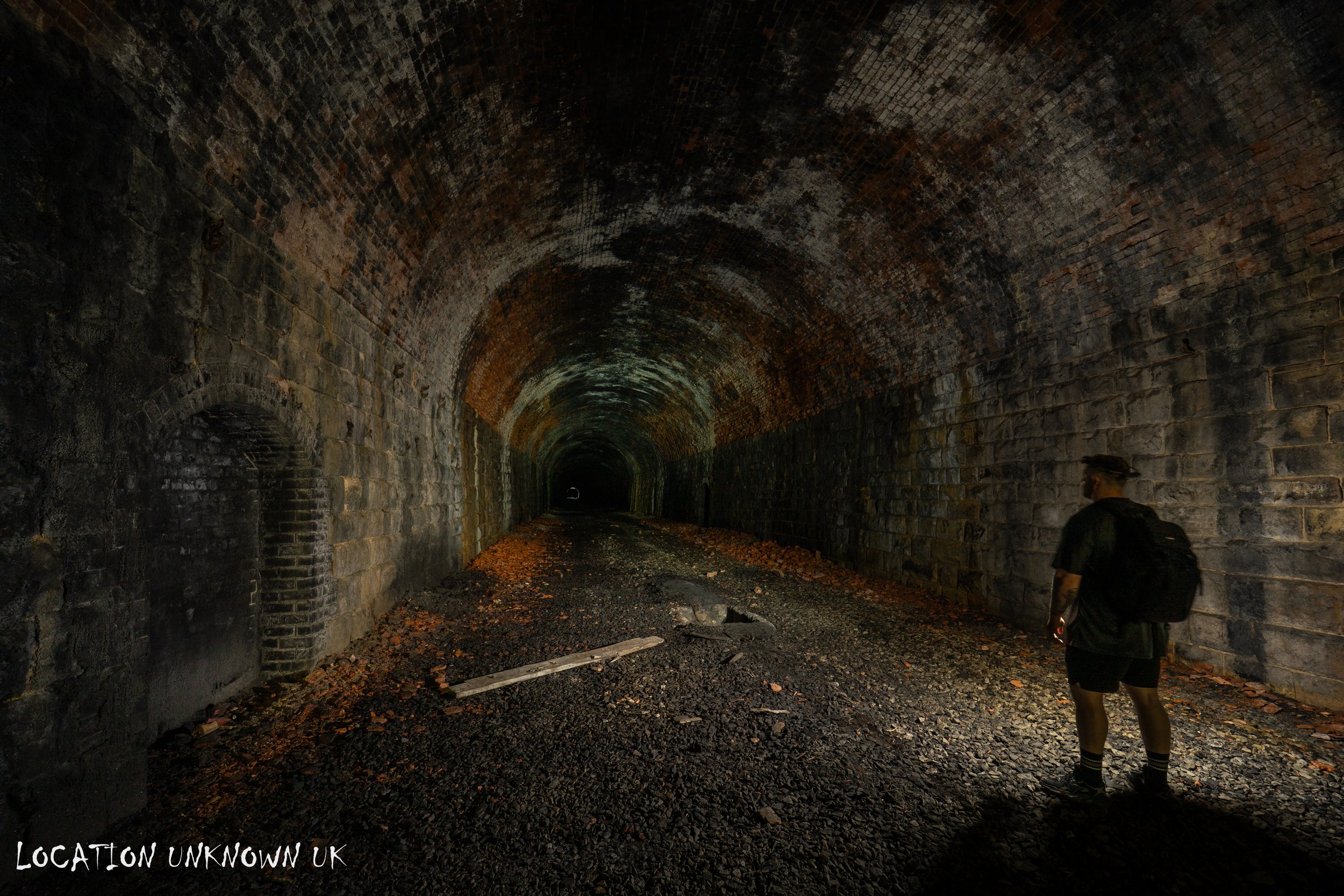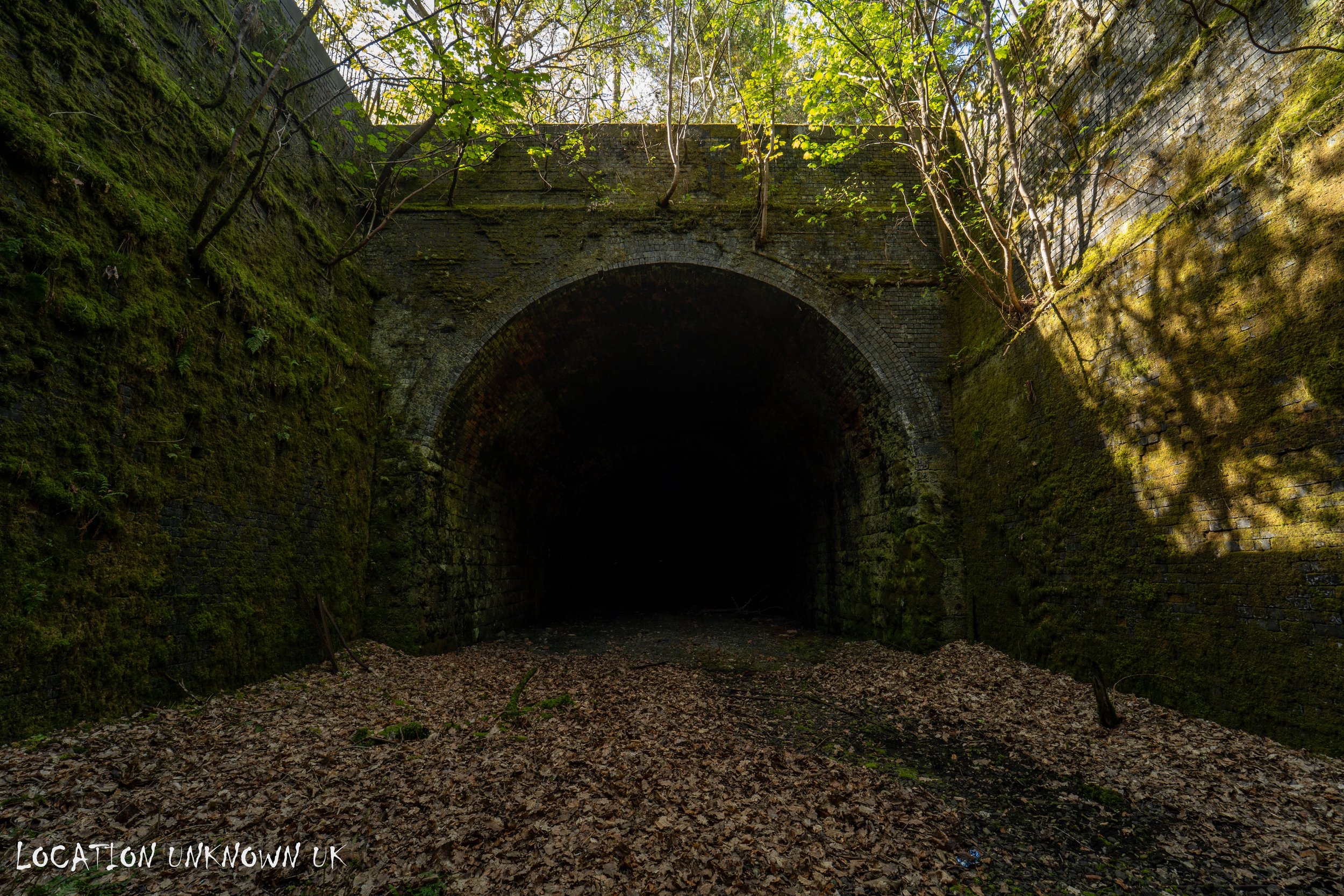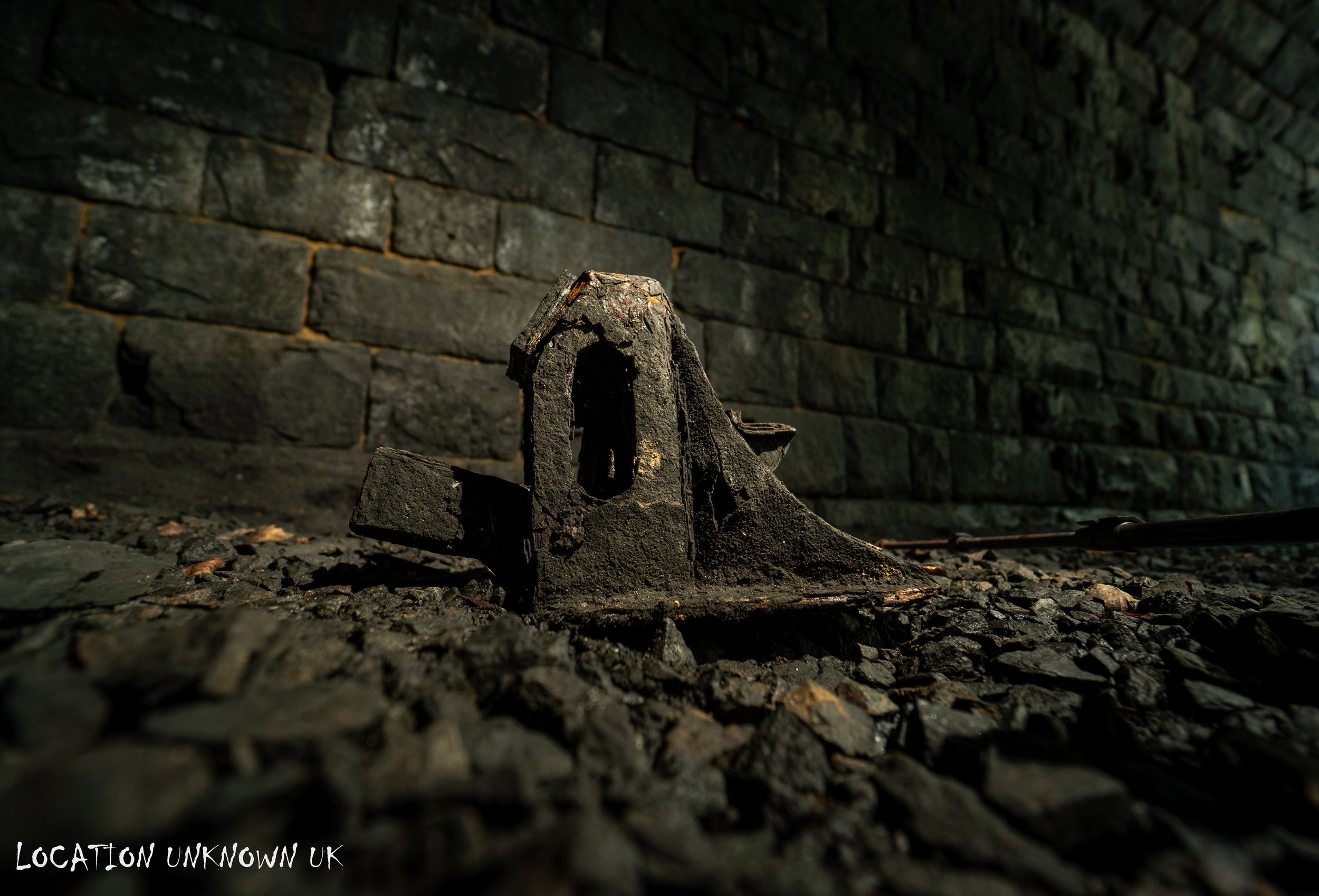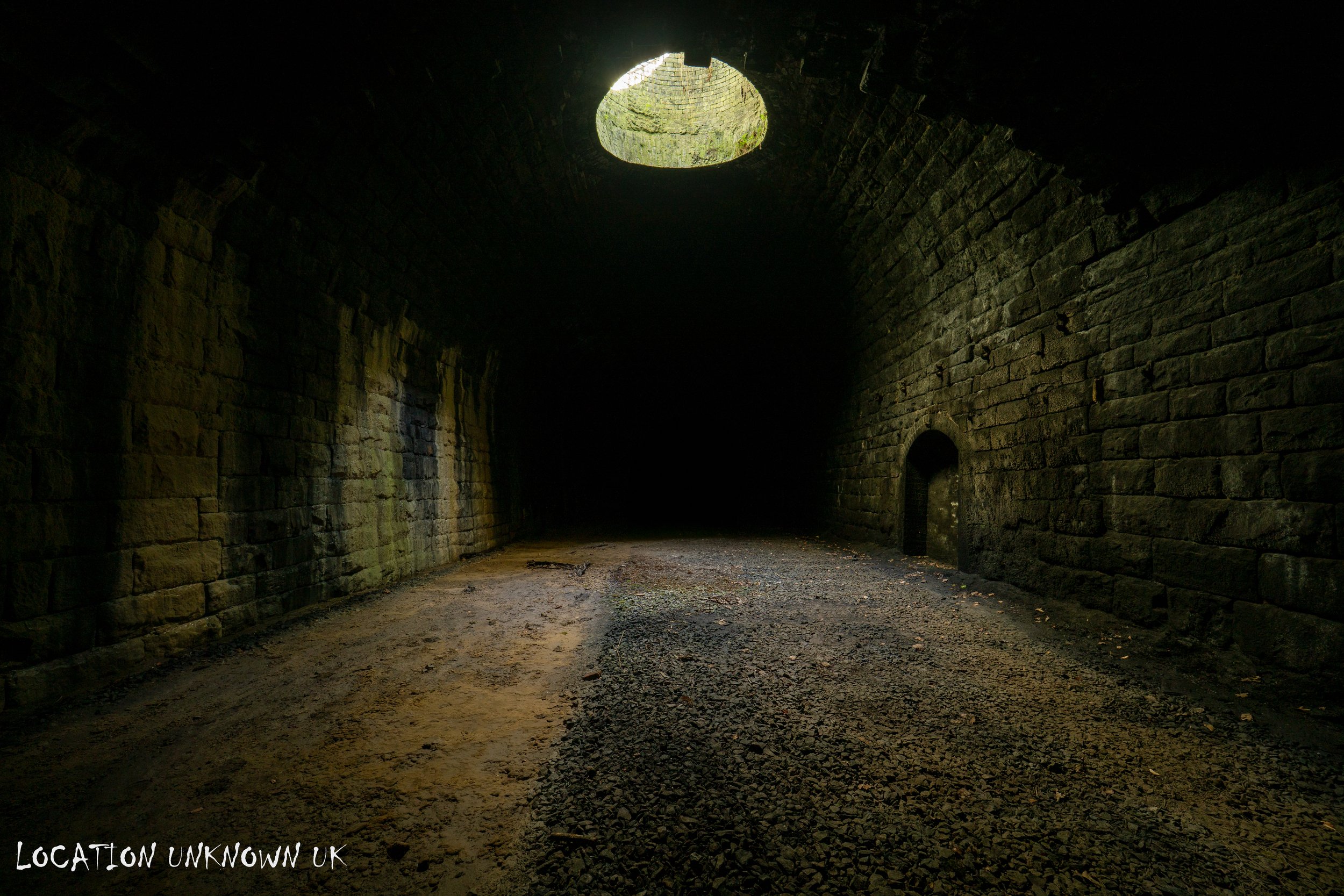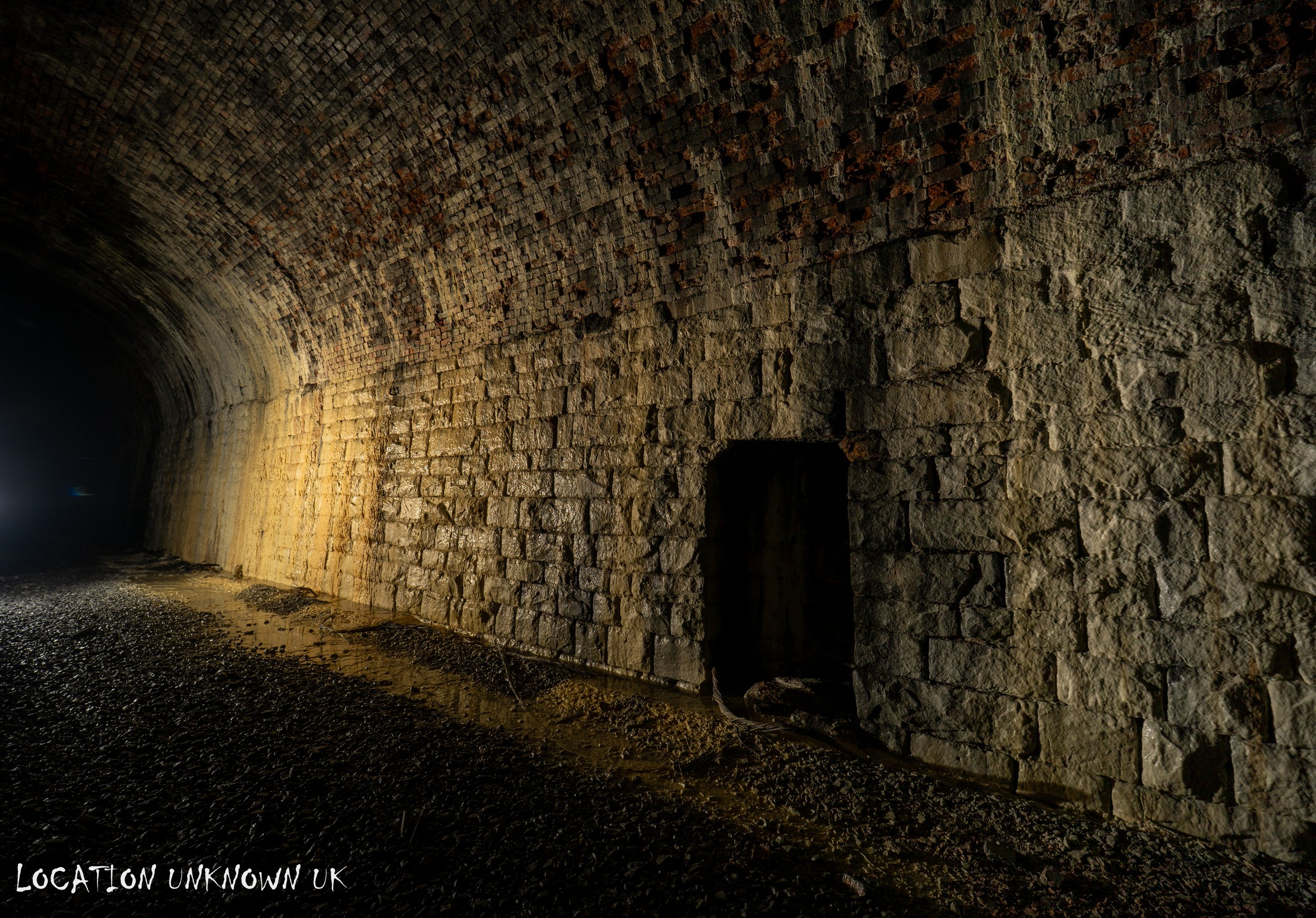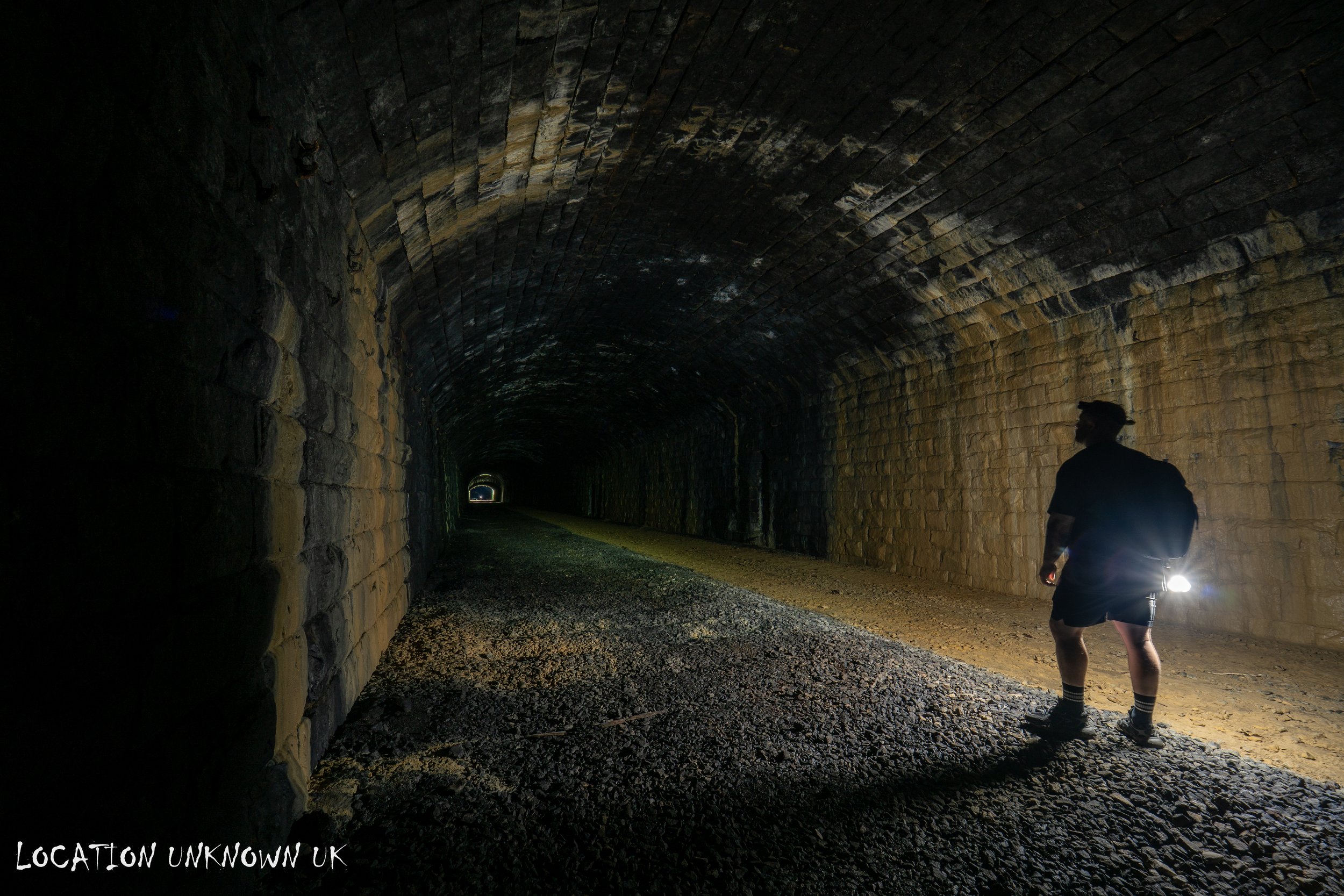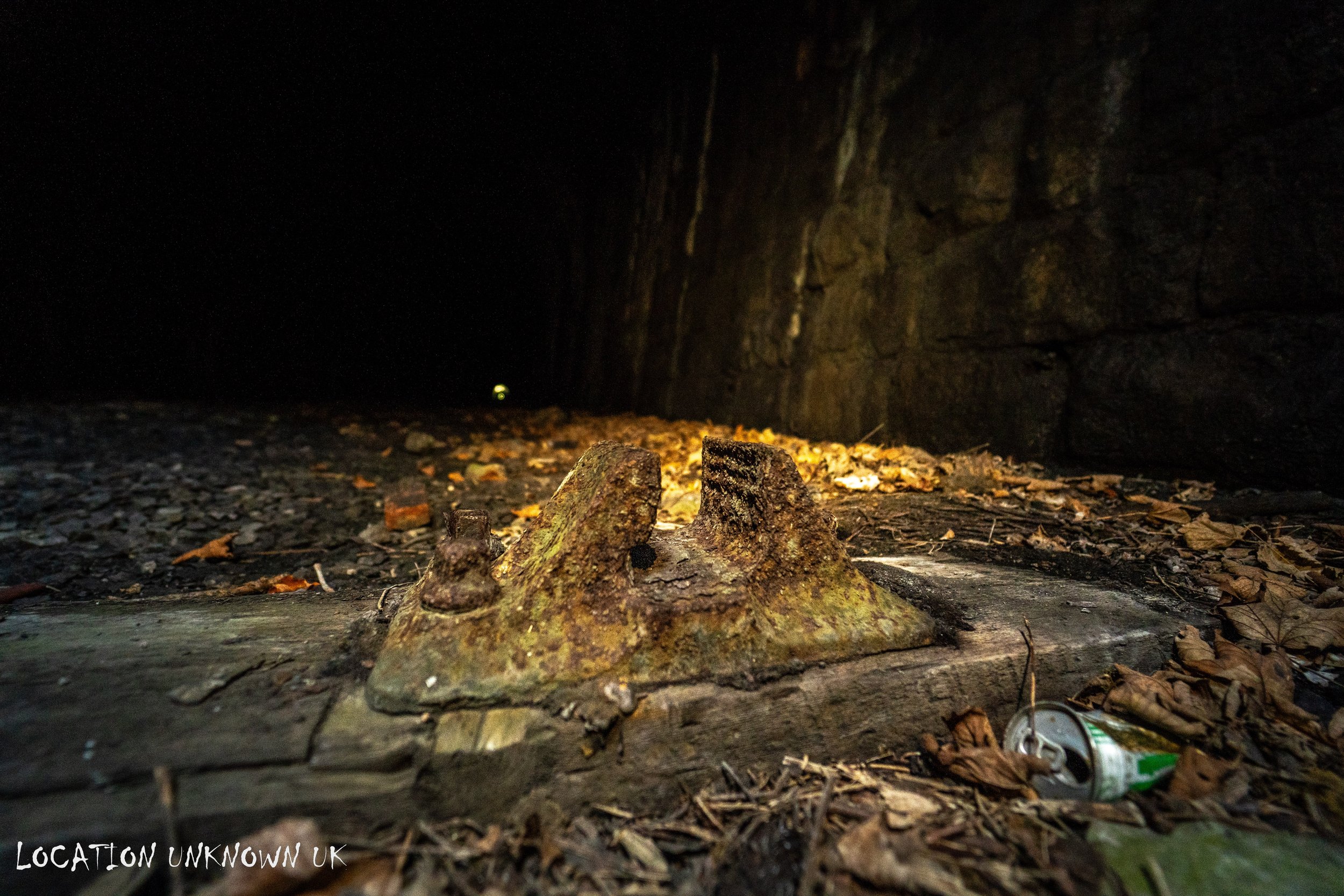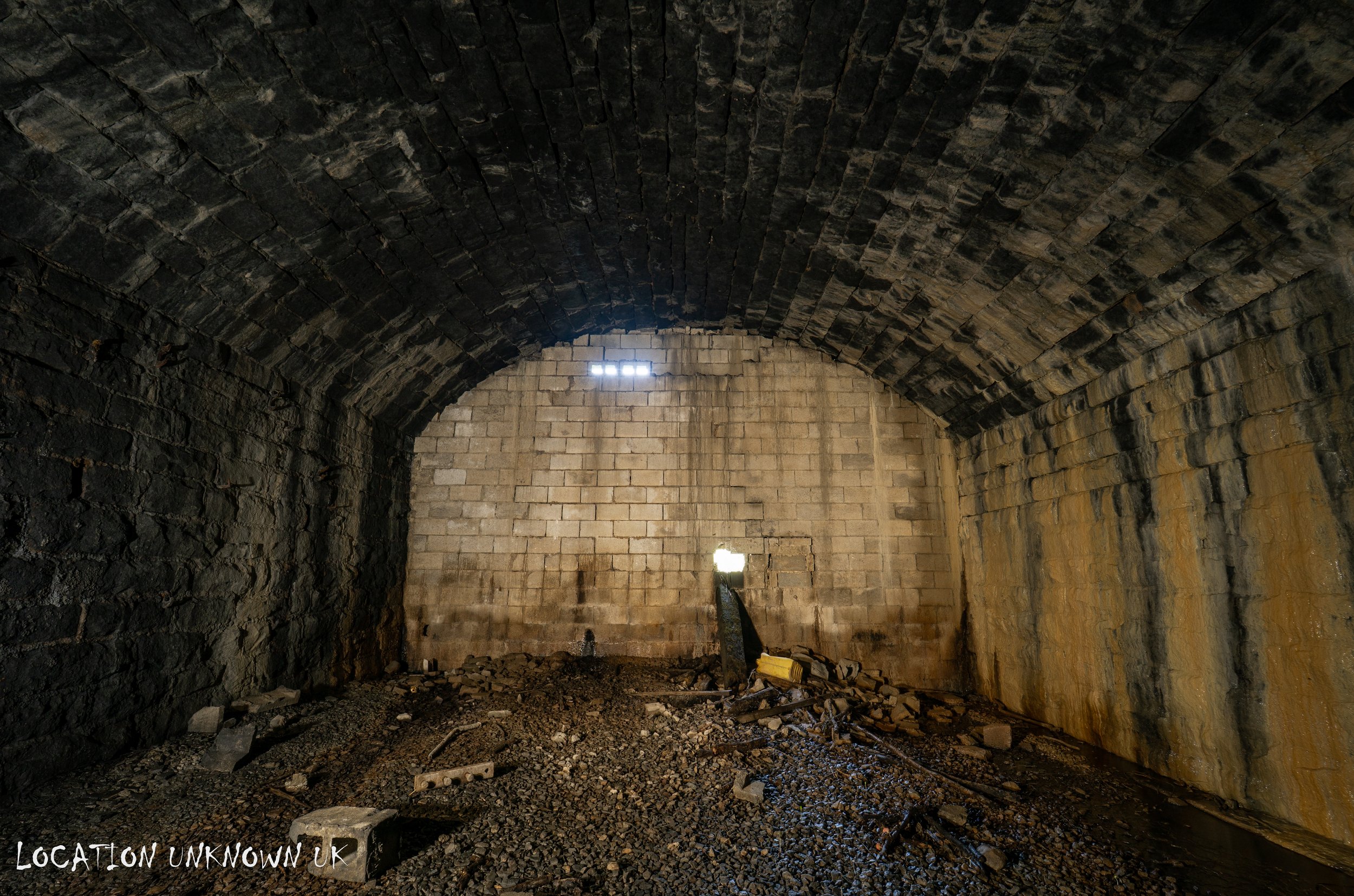Haddon Tunnel - Bakewell
One of the first videos I watched about abandoned railway tunnels was about this place. The moss covered walls and air shafts scattered along its route were completely new to me at the time, and I instantly felt an itch that needed to be scratched.
A few days later, I was able to head over and check it out. Over the years, access here has been on and off, as the owners of the nearby Haddon Hall don’t take kindly to people wanting to explore the tunnel, so it mostly remains sealed. However, every now and then, an opportunity seems to appear, most recently in the form of the door lying on the floor.
There are four air shafts along the tunnel’s route and one large square shaft roughly near the middle, which allows for some quite captivating scenery. To answer the question no one is asking (but I feel deserves an answer regardless): what is the best abandoned railway tunnel in the UK? For me, it’s a toss-up between this place and the former Botanic Gardens station.
The history of this tunnel adds to its allure, and because the cutting above is so shallow, you sometimes don’t really feel like you’re underground when looking up through the shafts. There are signs suggesting CCTV monitors the southern portal, and there used to be a camera above the door at one point. The field nearby is often full of bulls, who seem quite curious about trespassers too.
History
Beneath the picturesque Derbyshire hills, just south of Bakewell, lies the Haddon Railway Tunnel, a remarkable Victorian engineering feat. Its existence is a testament to the unique compromise struck in the 1860s between burgeoning industrial ambition and the aristocratic pride of the 7th Duke of Rutland, John Manners. To preserve the views from Haddon Hall, the Midland Railway was forced to disappear beneath the land, leading to the painstaking construction of this 1,058-yard tunnel. Built amidst challenging geology, the project involved both direct boring and "cut-and-cover" techniques, tragically claiming five lives. Inside, meticulously crafted walls of local sandstone and brick arches formed the structure, with five ventilation shafts ensuring air circulation. Unlike modern tunnels, it lacked escape routes, featuring only the running rails that once carried steam and goods trains. After its 1863 completion, the tunnel became a vital part of the Derwent Valley Line, connecting London St Pancras to Manchester Central. Designed for anonymity, the Haddon Tunnel operated reliably for over a century until the Beeching cuts of 1968 silenced the line. Today, the tunnel remains largely intact and continues to captivate enthusiasts. A 2011 vision proposes integrating it into an extension of the popular Monsal Trail, allowing people to once again journey through this hidden artery beneath Derbyshire, whether by bike or foot. The Haddon Tunnel stands as a unique blend of engineering, elegance, and power, a railway that bent to a Duke's will yet endured long beyond him.

